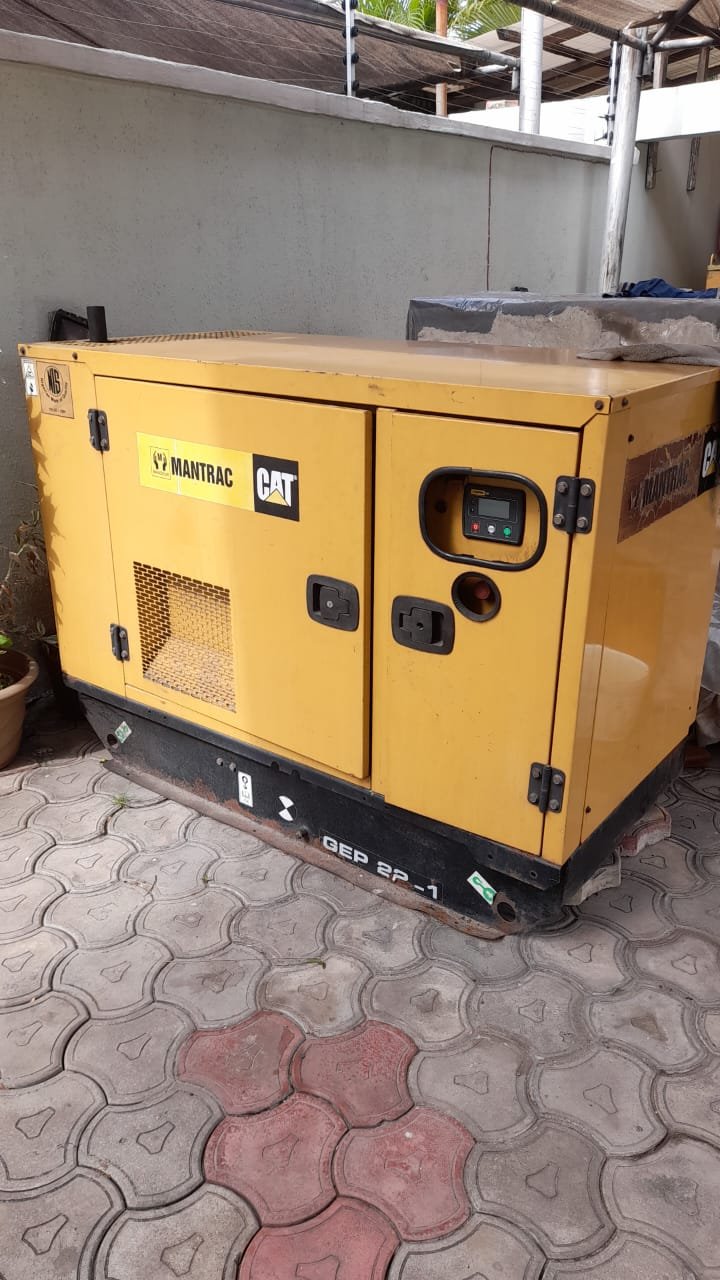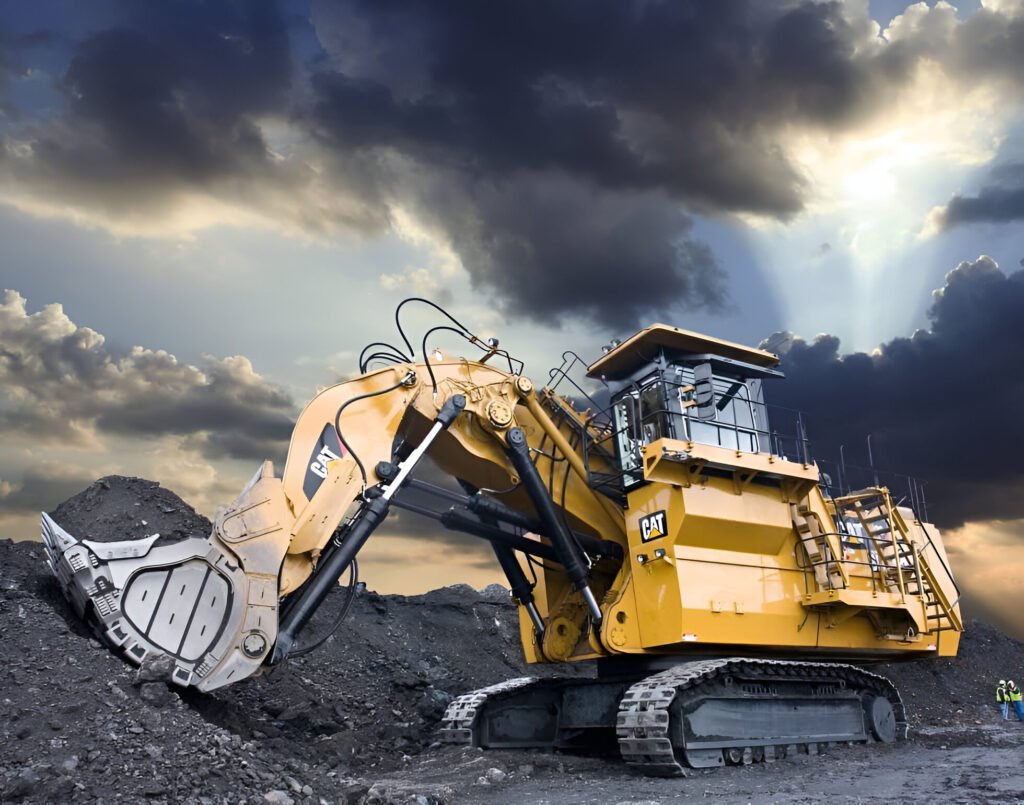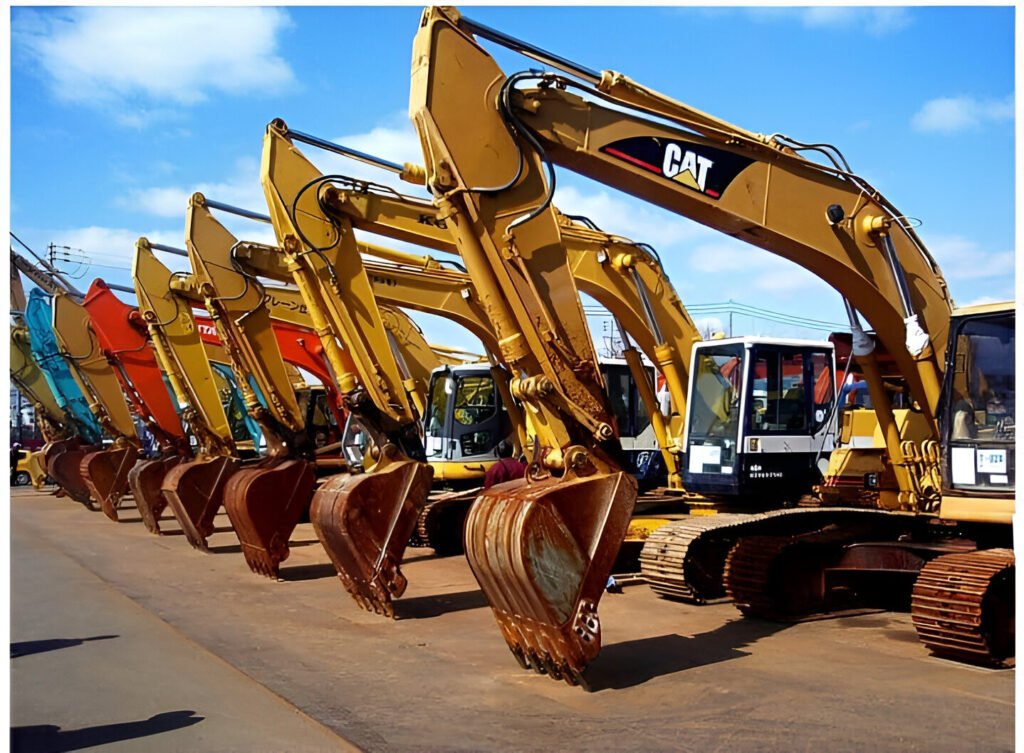Part of an effective Preventive maintenance program is identifying potential causes of machinery breakdown. By identifying potential causes of failure before they occur, you can save hundreds or thousands of naira and maintain consistent work flows.
There are three types of machinery failure. Their causes and solutions are listed below.
Sudden failure is when machinery breaks without warning. Usually, the reason is obvious. The part is then fixed or replaced, and the equipment is returned to service.
Intermittent failure happens sporadically. This stoppage happens randomly, and it can be difficult to identify the cause. Intermittent failure is frustrating, costly in downtime and usually can be prevented by anticipating the cause and addressing it during maintenance.
Gradual failure is entirely preventable by doing routine maintenance and inspections. Wearing parts and components are noted to be near the end of their lifespan and are replaced before failure occurs.
These three types of machinery failure are almost always due to one of three main causes:
Thermally induced failure is where extremes in temperature cause break-downs in the equipment. This usually happens during large temperature fluctuations such as when a machine is being started in cold weather and is being warmed up. It also occurs when equipment is overheated. Extremely hot or cold periods can be prepared for during maintenance, and thermal failure can often be prevented.
Mechanically induced failure is easy to recognize. It’s also easy to prevent by making sure machinery components are maintained by replacing parts when needed, lubricating as required and tightening fasteners, as well as ensuring moving parts are properly aligned. Mechanical failure often happens due to overexertion, vibration, shock, collision and operator abuse.
Erratic failure is the most difficult to predict and detect. This occurs at random times and under varying conditions. Most erratic machinery failures are the result of sudden overloads on hydraulic or electrical systems. With electronic components, many erratic failures come from software or hardware malfunctions that are preventable by using diagnostic equipment during regular machinery maintenance.
Anticipating failure is at the heart of all preventive maintenance programs. Thorough knowledge of your machinery’s systems is the key to anticipating what’s likely to fail if proper maintenance is ignored. Cat Preventive Maintenance Agreements help you anticipate and predict problems before they leave your equipment inoperable.
Signals Innovation
Your caterpillar spares parts plug



